In today’s fast-paced world, it is essential for educators to adapt to new teaching methodologies to engage and empower their students. Blended teaching, a combination of traditional classroom instruction and online learning, has emerged as a powerful approach to enhance student learning outcomes. By incorporating various IT products into the classroom, educators can create a dynamic and interactive learning environment that fosters deeper understanding, collaboration, and engagement. In this article, we will explore the benefits of using IT products in blended teaching and introduce a range of tools and technologies that can be utilized to create an effective and modern classroom.
Benefits of Blended Teaching with IT Products
Blended teaching with IT products offers numerous advantages for both educators and students. Let’s delve into some of the key benefits:
1. Simulated Teaching and Learning
The integration of IT products allows for simulated teaching and learning experiences. Through virtual simulations and interactive multimedia content, students can explore complex concepts in a simulated environment, enhancing their understanding and retention of the subject matter.
2. Techniques for Synthesizing and Analyzing Complex Content
IT products provide educators with tools to present complex content in a more digestible manner. With the help of multimedia presentations, interactive diagrams, and visual aids, educators can break down complex topics into smaller, more manageable parts, enabling students to grasp and analyze the information more effectively.
3. Deeper Understanding and Increased Learner Engagement
IT products facilitate active learning by encouraging students to actively participate in the learning process. Interactive quizzes, gamified learning platforms, and online discussions promote a deeper understanding of the subject matter and increase learner engagement, leading to improved academic performance.
4. Collaboration with Peers and Teamwork
Collaboration is a crucial skill for success in the modern workplace. IT products enable students to collaborate with their peers through online platforms, discussion forums, and shared documents. This fosters teamwork, communication, and the development of critical social skills.
5. Access to a Vast Variety of Information
One of the most significant advantages of blended teaching with IT products is the access to a vast variety of information. The internet serves as a treasure trove of resources, allowing students to explore diverse perspectives, conduct research, and access up-to-date information to further enhance their learning experience.
6. Increased Positive Emotions
IT products have the potential to make the learning process more enjoyable and engaging, leading to increased positive emotions among students. The integration of multimedia content, interactive games, and personalized learning experiences can create a positive and motivating classroom environment.
“Tell me and I forget. Teach me and I remember. Involve me and I learn.”
Benjamin Franklin
IT Hardware for Blended Teaching
To implement blended teaching effectively, educators require the right IT hardware. Let’s take a look at some essential hardware components for a modern classroom:
| Hardware | Description |
|---|---|
| PC | A personal computer is a fundamental requirement for running various software tools and accessing online resources. |
| Smart Interactive Board | An interactive whiteboard allows educators to deliver engaging presentations and collaborate with students. |
| Projector | A projector is essential for displaying multimedia content and interactive learning materials to the entire class. |
| Presenter | A presenter, such as a wireless presenter or clicker, enables educators to navigate through presentations seamlessly. |
| Web Camera | A web camera enables video conferencing and online collaboration, allowing educators to connect with remote students. |
| Writing Tablet with Stylus | A writing tablet with a stylus provides a digital platform for students to take notes, draw diagrams, and solve problems. |
| Sound System | A sound system enhances the audio experience in the classroom, ensuring clear communication and multimedia playback. |
| Tablet with Stylus | Tablets with stylus pens offer a portable and interactive learning platform, allowing students to annotate digital content. |
Tablet with stylus
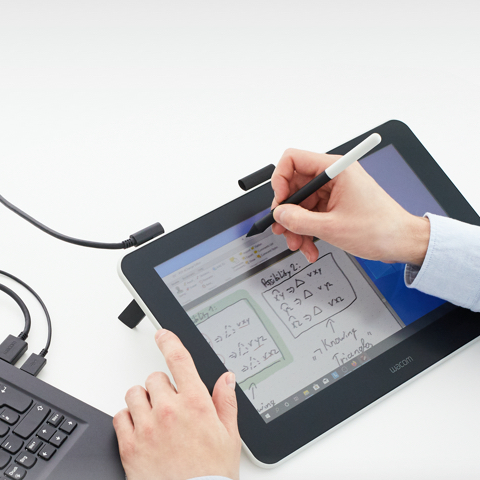
Interactive smartboard
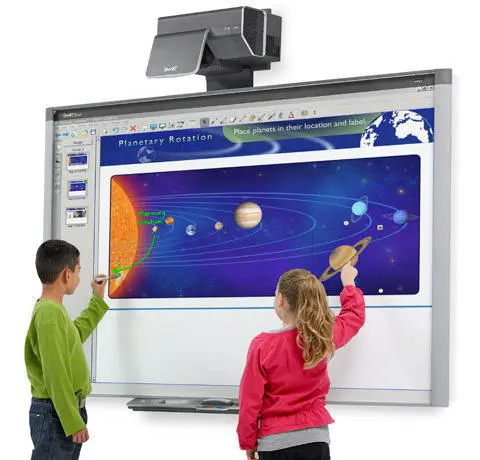
Blended Teaching Software Tools
To complement the hardware, a variety of software tools are available to create an enriched blended teaching experience. Let’s explore some popular software tools:
1. Learning Management Systems (LMS)
Learning Management Systems, such as Google Classroom, Moodle, and Talent LMS, provide educators with a centralized platform to manage course content, assignments, grading, and student communication. These systems facilitate seamless online learning and collaboration.
2. Online Whiteboard
Online whiteboard tools like Microsoft Whiteboard, Miro, and Stormboard enable educators and students to collaborate virtually, brainstorm ideas, and create visual representations of concepts. These tools promote active participation and idea sharing.
3. Quiz and Fun
Gamified learning platforms, such as Kahoot and Quizizz, engage students through interactive quizzes and competitions. These tools make learning enjoyable while assessing students’ knowledge and understanding.
4. Screen Annotation Software
Screen annotation software, like Adobe Reader and free alternatives, allows educators to annotate and highlight important points on digital documents or presentations during live sessions. This enhances student focus and comprehension.
5. Website Platforms
Website platforms, such as Google Sites and WordPress, offer educators an opportunity to create customized websites for sharing course materials, assignments, and additional resources. These platforms provide a centralized hub for students to access relevant information.
6. Collaboration and Live Interaction
Video conferencing tools like Google Meet, Microsoft Teams, and Zoom facilitate real-time collaboration, discussions, and interactive sessions between educators and students. These tools bridge the gap between physical and remote learning environments.
7. Office Packages with Storage
Office packages like Google Office tools with Google Workspace and Microsoft Office 365 offer educators and students access to a suite of productivity tools, including word processors, spreadsheets, and cloud storage. These platforms enable seamless document collaboration and storage.
8. Online Presentation
Online presentation tools like Canva and Prezi allow educators to create visually appealing presentations that captivate students’ attention. These tools offer a range of templates and customization options to enhance the visual impact of the content.
9. Language Tools
Language tools, such as Google Translator and grammar checkers, assist educators and students in overcoming language barriers. These tools enable efficient communication and enhance language proficiency.
10. Time-Management and Scheduling
Time-management and scheduling tools like Google Calendar help educators organize their teaching schedules, set reminders, and manage deadlines effectively. These tools optimize time utilization and improve overall productivity.
Local Hosting
Local hosting refers to the practice of running a website or web application on a server located within a user’s own physical or networked environment. This allows for testing, development, or private access without relying on external servers. It enhances control, security, and speed during the development process before deploying the project to a public server.
WordPress Local hosting: https://bitnami.com/stack/wordpress/installer
MOODLE Local hosting: https://bitnami.com/stack/moodle
Be smart and effective in the modern classroom. Explore classroom technology and implement in your teaching.
SP Cloud Academy
Conclusion
Blended teaching with IT products revolutionizes the traditional classroom by providing educators with powerful tools to create an engaging and interactive learning environment. By leveraging multimedia content, collaborative platforms, and a variety of software tools, educators can enhance students’ understanding, promote collaboration, and foster a positive learning experience. With the right combination of IT hardware and software, educators can unlock the potential of blended teaching and empower students to thrive in the digital age.
See also
Blended Learning: https://spca.education/category/blended-learning/
-
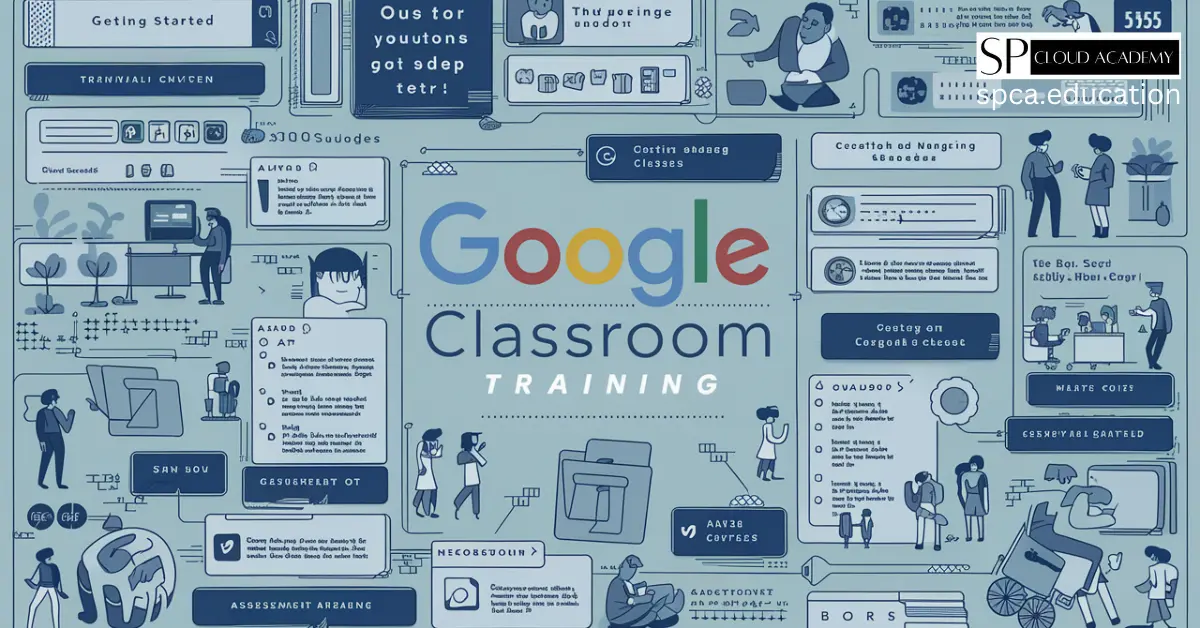
Master Google Classroom Like a Pro: The Complete Training Guide for Teachers
-
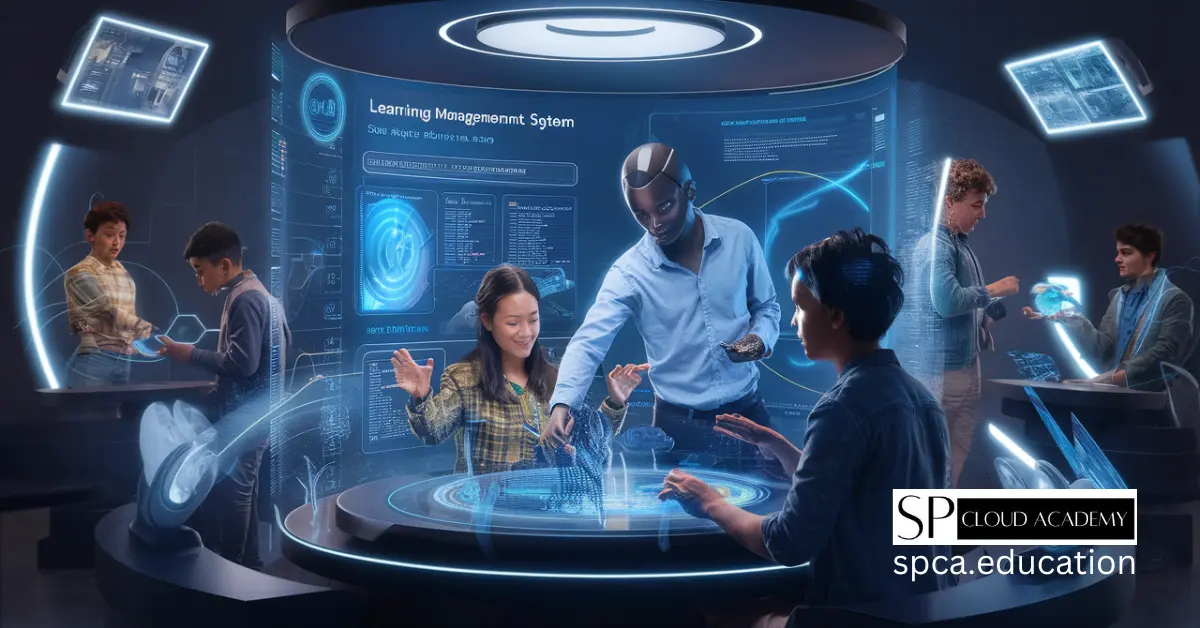
Revolutionizing LMS: How Simulation & Virtual Tech Are Changing Online Learning Forever
-
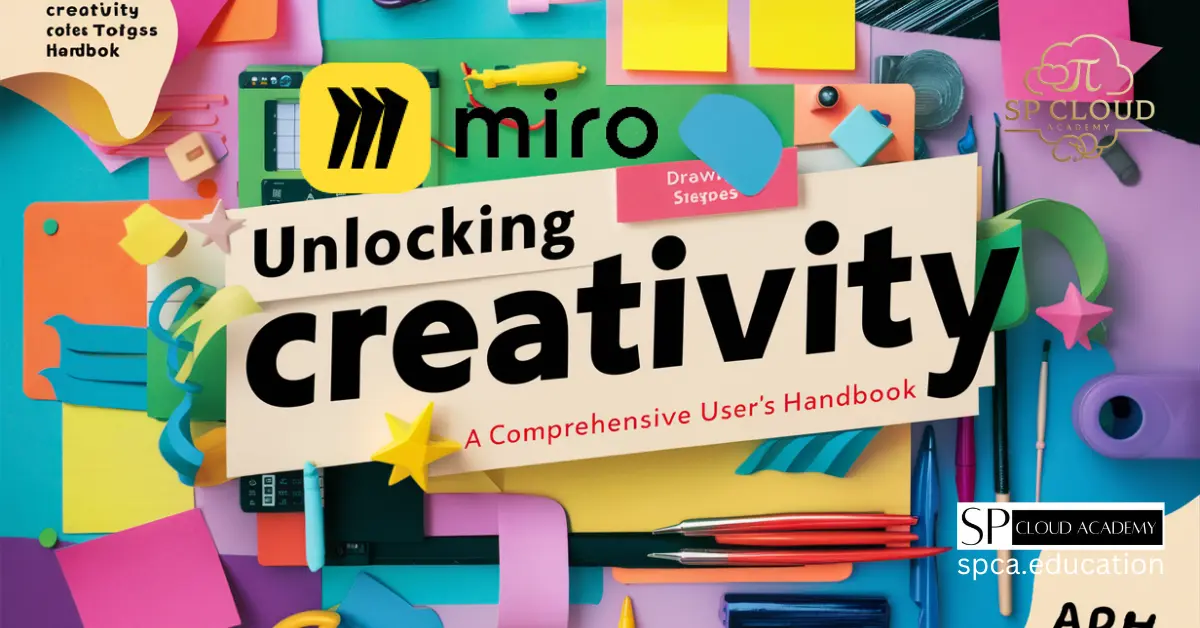
Unlocking Creativity with Miro: A Comprehensive User’s Handbook
-
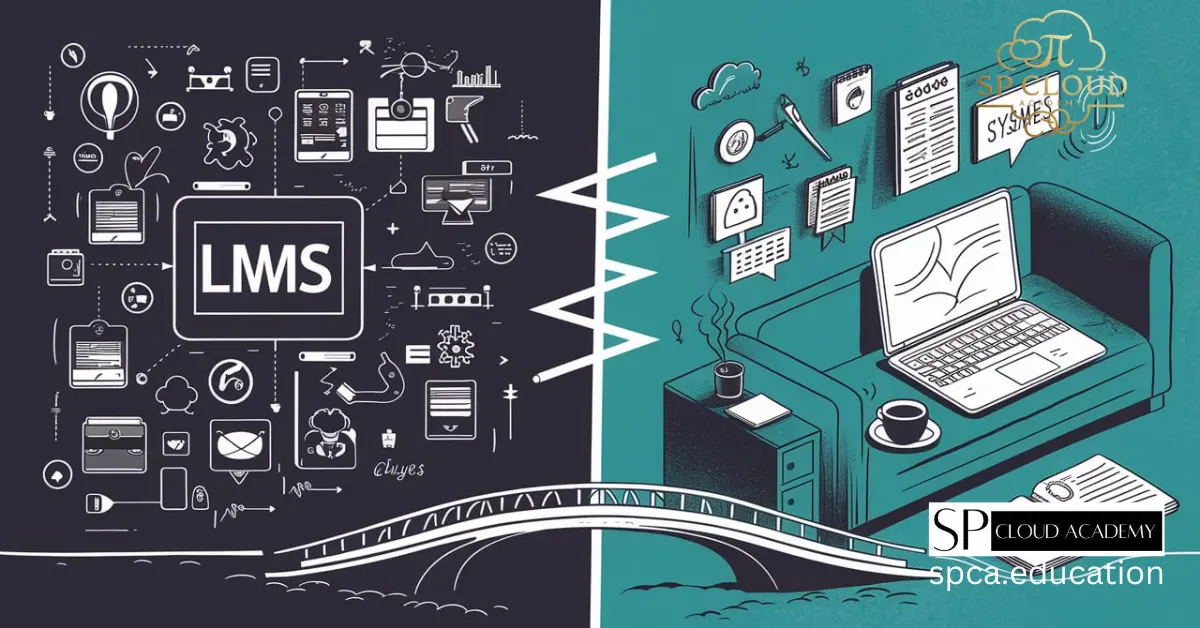
LMS vs. Traditional Online Learning: Which One Will Dominate the Future?
-
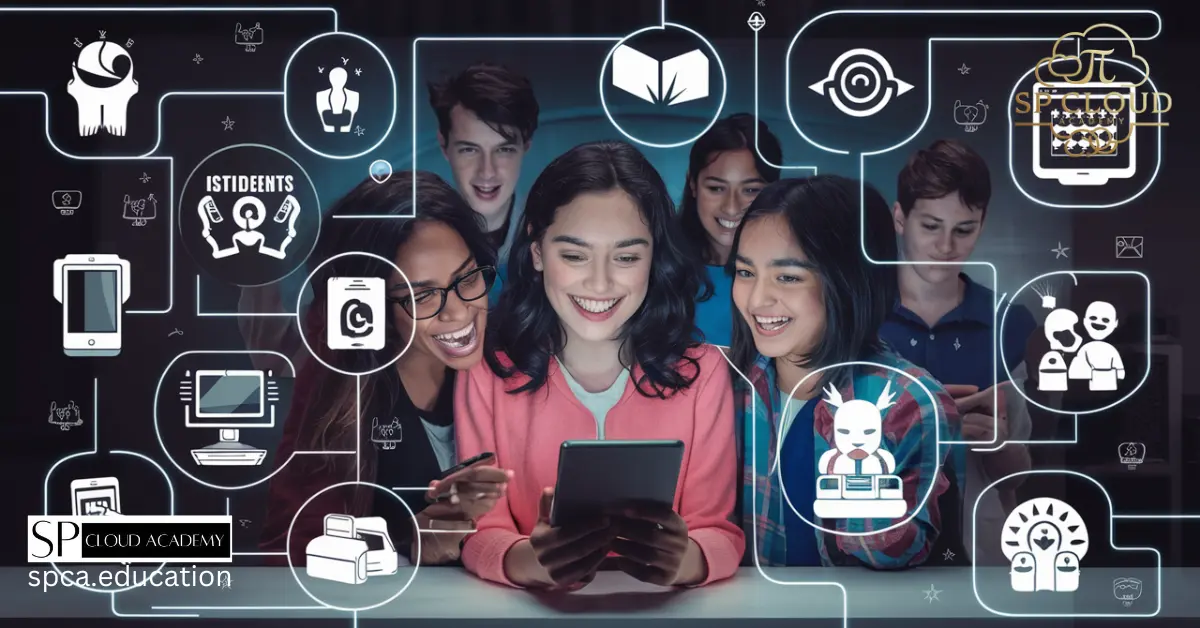
Personalized Learning Made Simple: The Ultimate Tools for Educators
-

Master Your Reading: How Kindle Scribe Transforms Your Ebook Experience
